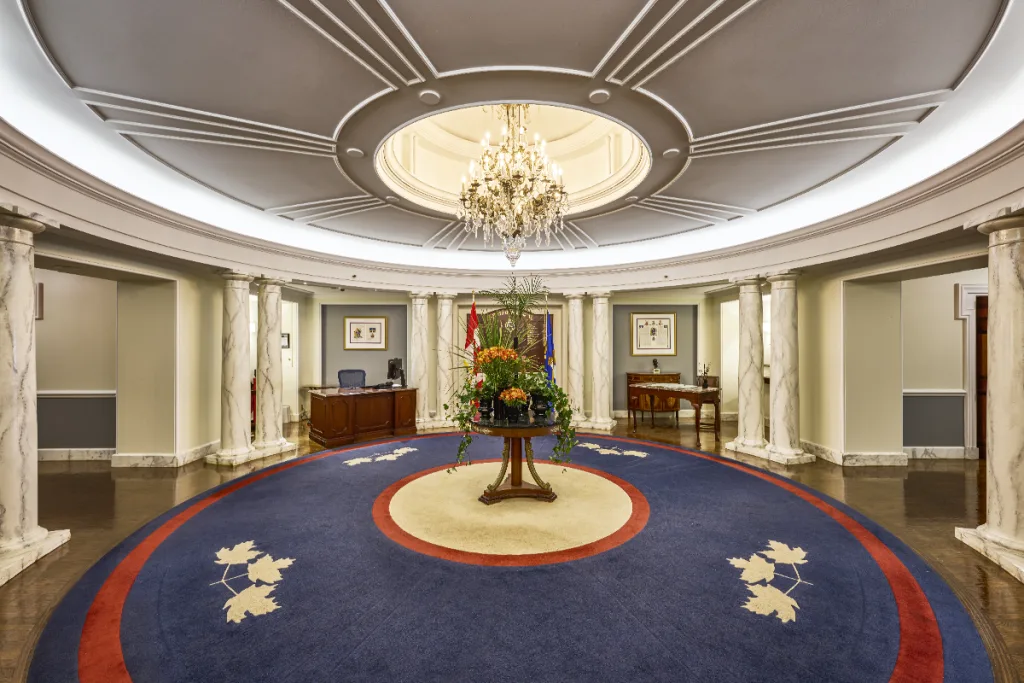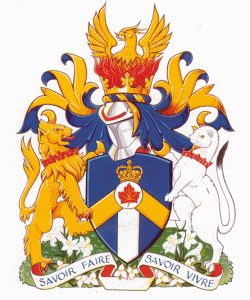History
About the club
“Whereas the persons hereinafter named, with a large number of others in Quebec and elsewhere in the Province of Canada, have associated themselves for the establishment of a Club for social purposes, and whereas certain of the said hereinafter named persons have prayed to be incorporated by the name of the “Rideau Club,” of the City of Ottawa, and it is expedient to grant their prayer, Therefore, Her Majesty by and with the advice and consent of the Legislative Council and Assembly of Canada enacts …”:
With those words, the history of the Rideau Club commenced on the 18th of September, 1865. The Club thus predates Confederation by 22 months, and the establishment of Ottawa as the centre of Government by a month.

The formation of the Club was an initiative of Sir John A. Macdonald and George Etienne Cartier, and, inter alia, the Honourable Hector Langevin, the Honourable D’Arcy McGee, the Honourable M. Laframboise and Casimir Gzowski. Sir John A. Macdonald was the first President, and, two years later became the first Prime Minister of the Dominion of Canada. While the earliest minute-book of the Club available commences in 1867, it is reasonable to assume that many of the discussions leading up to Confederation on July 1, 1867 took place within its precincts.
The Club, from its inception, had a distinguished membership, which continues to this day. Besides Sir John A. Macdonald, two other Prime Ministers, the Right Honourable Sir Robert Borden, PC, GCMG, and the Right Honourable Lester B. Pearson, PC, CC, OM, OBE, served as presidents of the Club. Today, the Governor General of Canada, the Prime Minister, the Speaker of the Senate, the Speaker of the House of Commons and the Chief Justice of Canada are Honourary members of the Club.

During its history, the Rideau Club entertained many distinguished visitors. On September 21, 1901, for example, the Club hosted a luncheon for his Royal Highness, the Duke of Cornwall and York, later His Majesty, King George V. More recently, Prince Philip, the Duke of Edinburgh, has also visited the Club, as have Governors General and Prime Ministers.
The first permanent Club building was constructed in 1875, but by 1911 the membership had outgrown this facility. Accordingly, a new building, on the corner of Wellington and Metcalfe Streets was constructed in 1911 and remained the home of its members until a fire destroyed the elegant edifice in 1979. The Club subsequently established new premises at its present location on the 15th floor of 99 Bank Street.
The Club is very conscious of its role as a unique repository of Canada’s political and commercial history. Regrettably, most of the original documents in the Club archives were lost in 1979. However, the Club has and will continue, to endeavour to act as custodian of current events.
















